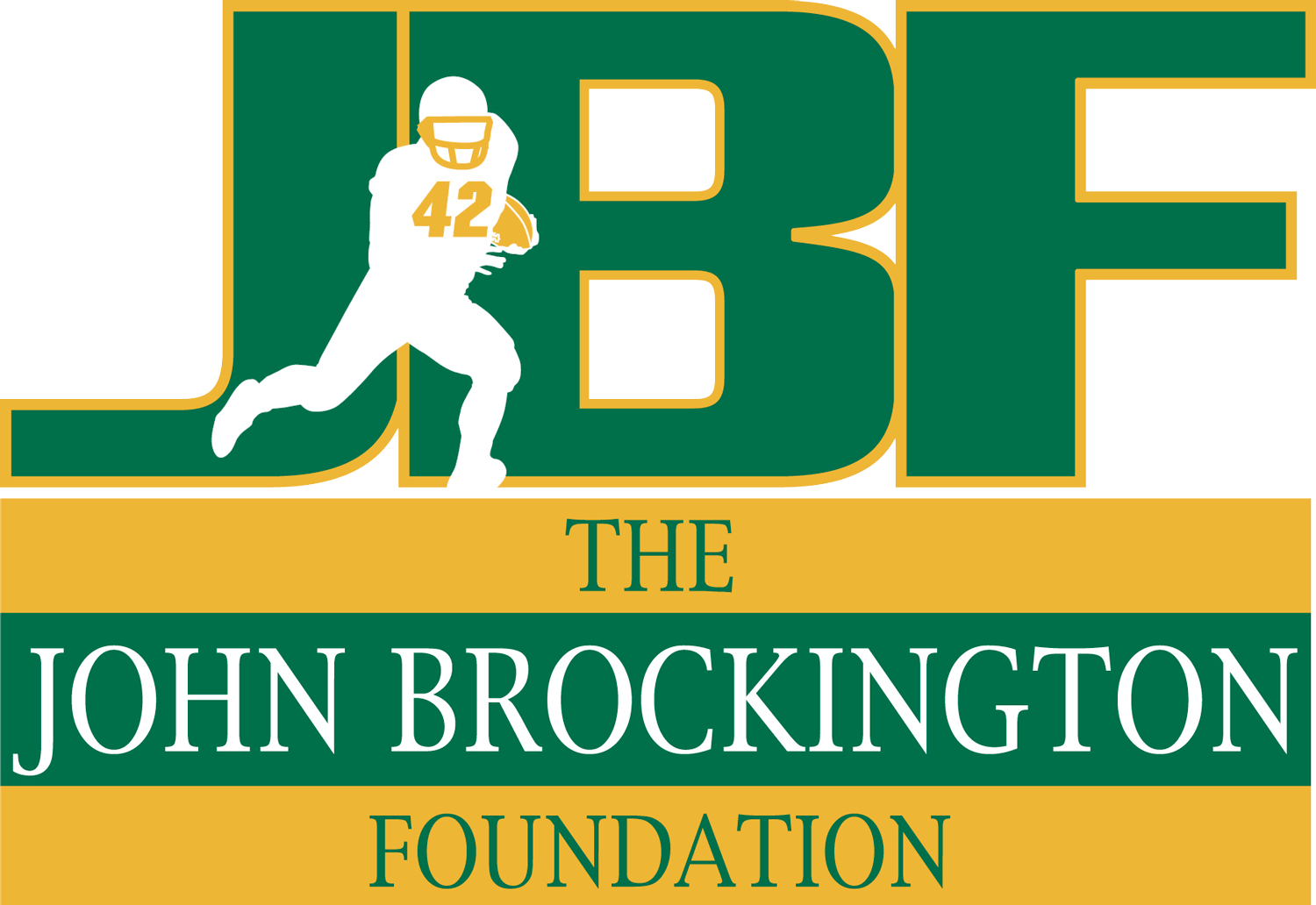BECOME A LIFESAVER
Living Kidney Donation:
“The single best decision of my life”—that’s what living donors say. I agree. When I donated to my friend John, it’s not because I was feeling reckless or that I was uninformed about possible risks. Instead, I felt as if I were being given a shot at making a real difference—perhaps save a life. I’d never had that chance before. Unless you’re a doctor, policeman, fireman, or lifeguard, few people do.
A number of things make this the golden age of living donation—last year almost half the transplants were from living donors. Here’s what’s changed:
· You and your recipient don’t have to match. When John and I were transplanted in 2001 it was a miracle we matched. Today, I’d enter an exchange like the National Kidney Registry that would match my kidney with someone else, and John would get an even closer match.
· Almost all kidney donations are laparscopic, meaning one tiny incision and two or three small punctures for the donor. This also means the typical donor is out of the hospital after a two night stay and has a quicker recovery.
· The meds are better for the recipient so the transplant will last—and of course the donor has no meds after recovery.
· Altruistic donation—giving to someone you don’t know—is more common, freeing up two people: your recipient and the next person on the list waiting for a deceased donor kidney. It’s a two-fer, sort of like a Happy Hour for kidneys.
· Speaking of Happy Hour, no dietary or alcohol restrictions for the donor. And you can return to sports, have a child, be the person you were as your kidneys do their work and increase in size inside both you and your recipient.
· Surgery costs are covered by the recipient’s insurance, though there may be additional transportation and lodging expenses for the donor, often covered by NDLAC
(livingdonorassistance.org)
· By law, should a donor need a kidney in the future, she moves to the top of the list.
· The Affordable Care Act has eased the challenges self-employed donors faced getting health insurance.
I could go on, but there’s more detailed information out there: the NKR site (above) or the video from Johns Hopkins are good places to start. Think it over. If you believe you can do this, locate local transplant centers and you’ll be told how to take the next step. https://www.srtr.org/
Fifteen years in, I’m thankful that I was able to donate to John. Of course, I can’t guarantee an outcome like ours: ESPN video at www.johnbrockingtonfoundation.org But I can guarantee that you will never feel better about believing you can do it, and doing it.
Deceased donation:
And of course, as easy as living donation is, I can guarantee that deceased is even easier!
You can save up to 8 lives by donating your organs and improve up to 90 by donating corneas and tissue after you pass away. So few of us die under circumstances that allow for organ recovery that you are 10 times more likely to need an organ than receive one. That also means over 123,000 people wait on the transplant list for the lifesaving organ that could be recovered from a registered donor. A third will die waiting. If you have concerns about myths you have heard (religion, age, or how you will be treated in the hospital) please learn the truth at www.donatelife.net. There is no greater gift that almost all of us are able to give than the lifesaving organs we have within us. When the time comes, wouldn’t your heart vote to go on beating, your lungs breathing, your eyes seeing? Please sign up as a registered donor and tell your family and friends. We all have the power to save lives—use it.





